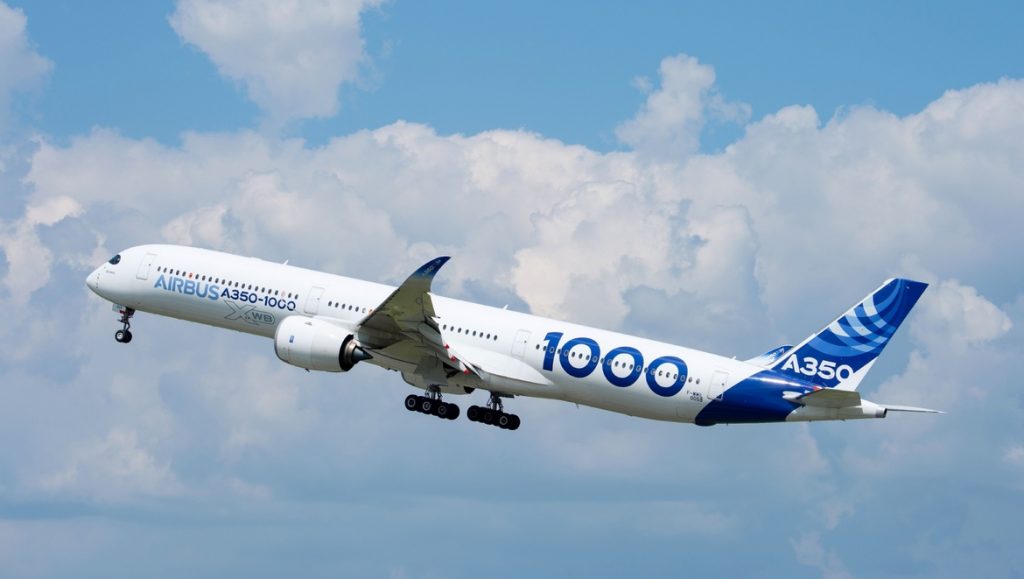
After two years of extensive testing, Airbus has successfully flight tested the company’s Autonomous Taxi, Take-Off and Landing (ATTOL) project.
After over 500 partial wet runs, Airbus has achieved full-cycle flight testing with a commercial airliner; meaning the aircraft successfully taxied, departed and landed of a commercial aircraft through fully automatic vision-based flight tests using on-board visual recognition technology.
Airbus said that roughly 450 of these flights were dedicated to gathering raw video data, fine-tuning flight algorithms, and testing autonomous flight capabilities.
“Many aircraft are already able to land automatically,” explained ATTOL project lead Sebastien Giuliano. “But they’re reliant on external infrastructure like instrument landing systems or GPS signals. ATTOL aims to make this possible solely using on-board technology to maximise efficiency and to reduce infrastructure cost.”
Airbus chief technology officer Grazia Vittadini also confirmed that the ATTOL project has achieved another world-first: a fully autonomous runway landing that occurred as part of a flight to Beijing to deliver COVID-19 related medical equipment to hospitals in Europe.
Headed up by Airbus’ UpNext team, ATTOL taps technical expertise from several other company divisions, including Acubed’s Project Wayfinder team, Defence and Space, and Airbus China. French aerospace laboratory Onera also contributed to bringing the project to reality.
While Airbus said that the idea behind the project was to explore the applicability of autonomous technology to the flight process, it adds that the potentials could flow on into many operational areas.
The company cites “the use of machine learning algorithms and automated tools for data labelling, processing, and model generation”, which could be used in the future to help pilots focus on strategic decision-making and less on aircraft operations.
“The learnings from that specific program flew seamlessly into the rest of the Airbus portfolios, the very same algorithms on ATTOL allowed us to have the first ever automated taxi take off and landing,” Vittadini said.
“A lot of what we do is already driven by autonomy, think of the features on our aircraft, auto pilot, fly by wire, autopilot, autoland type of features; think of satellites, there’s nothing more autonomous than a satellite flying totally autonomous in service for 15 years, so we don’t want to have autonomy as an objective but really want to explore all associated technologies.”
“The key challenge for self-piloting capabilities is how the system reacts to unforeseen events,” added Acubed’s Project Wayfinder chief Arne Stoschek. “That’s the big jump from automated to autonomous.”
On its part, Airbus has not stated how or when it expects to transition this technology into a commercial framework – however Vittadini said the company’s next steps will focus on certification.










